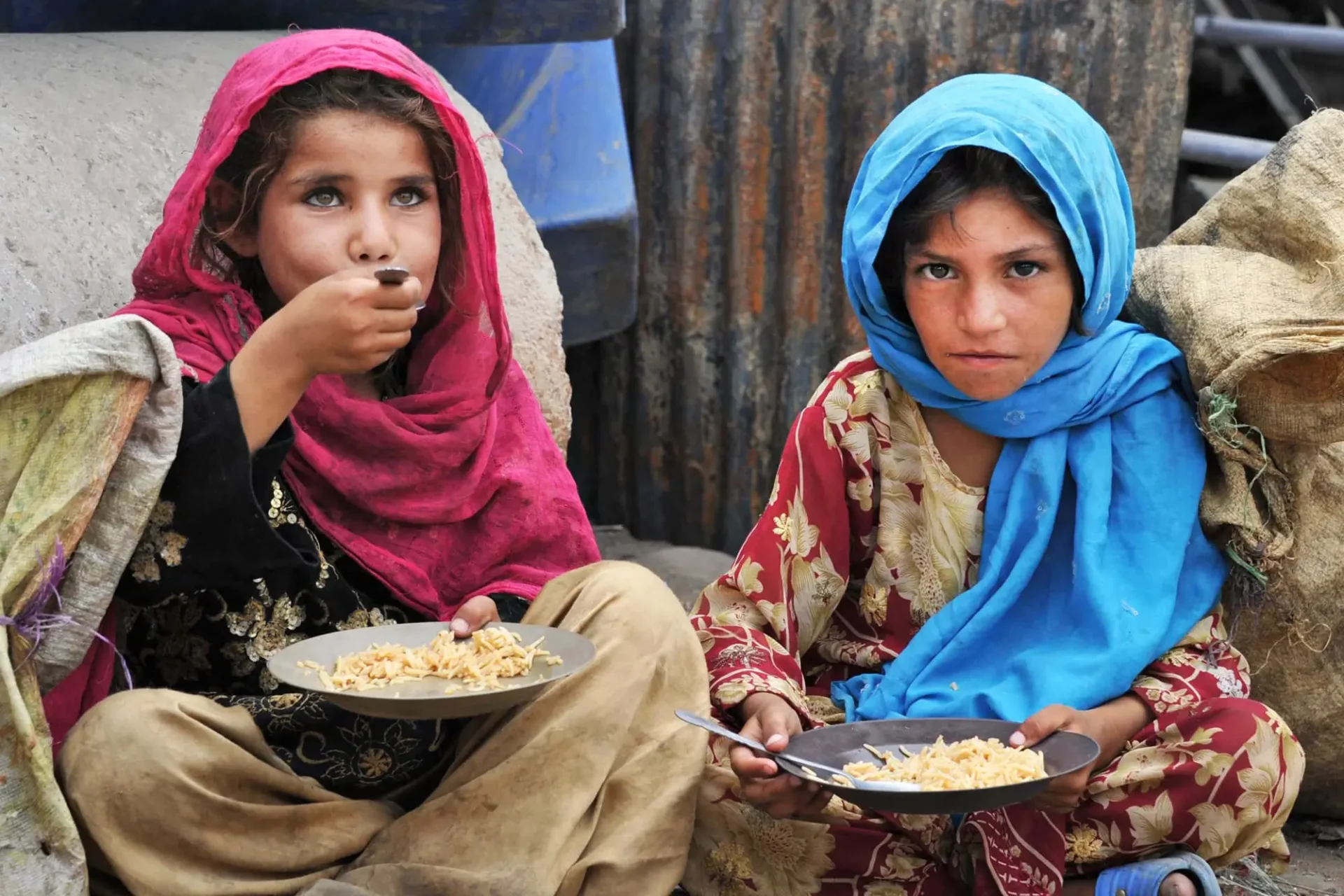With millions of people experiencing acute food shortages this winter as a result of sharp reductions in foreign aid and a possible freeze on US funding, the World Food Program (WFP) has expressed alarm about the worsening hunger situation in Afghanistan.
Millions Struggle in Afghanistan Hunger Crisis
In the midst of the continuous economic crisis, more than six million people are surviving on very little food, frequently just “bread and tea,” according to Hsiao-Wei Lee, the World Food Program’s Country Director in Afghanistan. “WFP has been unable to reach half of the 15 million Afghans in need of food aid during this harsh winter season due to funding cuts,” she said.
Since the Taliban’s takeover in 2021, which resulted in restrictions on the financial industry and the halting of development assistance, the situation has gotten worse. A vital lifeline, humanitarian aid has seen a sharp decline in contributions due to donor concerns and conflicting international crisis.
US Funding Freeze’s Effect on the Hunger Crisis in Afghanistan
The situation has been made more complex by the US State Department’s recent decision to stop providing foreign aid. The action comes after President Donald Trump ordered a study of how aid fits into his foreign policy goals.
More over 40% of Afghanistan’s humanitarian aid 2024 came from the US. According to Lee, the freeze poses grave questions regarding the continuation of aid efforts:
“Any reduction in assistance for Afghanistan is deeply concerning. The needs here, especially for women and children, are extraordinarily high.”
Afghanistan’s Hunger Crisis Is Worsened by Taliban Restrictions
Donors have expressed reluctance to fund aid in Afghanistan due to the Taliban’s stringent policies, particularly its ban on Afghan women working with NGOs. This has created significant operational challenges for humanitarian organizations.
Despite these restrictions, WFP has managed to navigate the situation, often securing exemptions in critical sectors like healthcare to ensure aid reaches vulnerable women and children. However, the scale of need continues to far outstrip available resources.
Aid Is Diverted by Competing Global Crises
Afghanistan’s hunger crisis is compounded by competing global emergencies in Sudan, Ukraine, and Gaza, which have diverted international attention and funding. Additionally, the International Criminal Court’s recent move to seek arrest warrants for senior Taliban leaders has heightened tensions, further impacting donor confidence.
Resolving the Afghanistan Hunger Crisis’s Funding Shortfall
Afghanistan’s humanitarian plan received just slightly more than half of its 2024 funding, according to UN figures. According to aid organizations, this number may drop even more in 2025, putting millions of people at risk of famine.
Lee emphasized that despite the daunting challenges, the WFP has adapted its operations to maximize the impact of available resources:
“We’ve proven that we can still reach women and children, even under these circumstances. The support of donors remains critical to sustaining these efforts.”
Global Responsibility in the Afghanistan Hunger Crisis
The hunger situation in Afghanistan requires immediate international attention as the country’s winter deepens. Despite the challenges, the World Food Program (WFP) and other humanitarian organisations keep going forward, giving vital assistance to those in most need. To stop more suffering and deaths, sustained international investment and collaboration are essential.
While addressing more general geopolitical issues, the international community must give humanitarian needs in Afghanistan first priority in light of this deteriorating situation.

